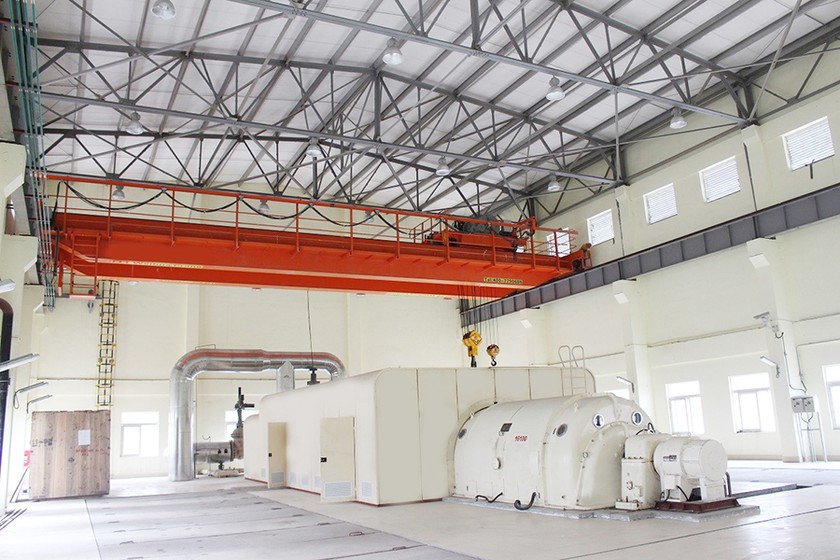 |
| Using a residual heat power generation system is also a way to reduce greenhouse gas emissions. (Photo: tietkiemangluong.com.vn) |
(PLVN) - The carbon credit market has been mentioned since 2018 but has only recently become a concern for many businesses due to requirements from developed countries.
Businesses have realized the need to reduce emissions.
Associate Professor, Dr. Luong Duc Long - Vice President of the Vietnam Cement Association said that in the past 5 years, the cement industry has emitted an average of 62 - 70 million tons of CO2 each year, of which the clinker production stage is the largest emitter, accounting for more than 90% of the total carbon emitted per ton of cement. Currently, Vietnam has more than 60 cement factories nationwide and cement enterprises have all understood the need to reduce CO2 emissions and from 2026 the State will officially assign carbon emission quotas to each cement factory.
“Up to this point, businesses have been aware of the problem and have made various preparations to accept new government regulations as well as solutions to reduce carbon emissions in their production process,” Mr. Long affirmed.
Mr. Nguyen Vo Truong An - Deputy General Director of ASEAN Carbon Credit Exchange Joint Stock Company informed that the carbon credit market in Vietnam was actually launched and started in 2018. However, at that time, the projects focused mainly on renewable energy projects, hydropower and some community projects with the number of credits not too much compared to other countries in the world . But now, carbon credits, carbon markets and related topics are starting to "heat up" in society and in the community, so businesses have begun to learn and focus more recently.
“This is a very encouraging sign that along with the Government’s Net Zero commitment, a number of enterprises, especially large enterprises, large corporations and foreign-invested enterprises, have focused on developing green strategies within their enterprises and created a trend that we often call green transformation in the business community. This creates a very good spillover model for us to be able to initiate a future, a strong carbon credit market in the region and in the world,” said Mr. An.
However, Mr. An affirmed that currently, Vietnamese enterprises are lacking many factors when participating in this market, including the quota market, the compulsory market and the voluntary market. This is really a big challenge for Vietnamese enterprises in the global game, "a game that we can only follow, but have no right to refuse to participate in this market" - Mr. An affirmed.
Sanctions needed for businesses that exceed emissions limits
Associate Professor, Dr. Luong Duc Long said that the simplest way to understand is that when we reduce fuel costs, we can reduce emissions. Or use alternative fuels such as biomass fuel, because according to current regulations, if biomass is used, the emission rate will be calculated as 0. "Therefore, if we can completely convert coal, oil or natural gas to biomass, the emissions from the burning process will be 0. Of course, that is the ideal case, but saying that shows that there is also an opportunity for conversion for the cement industry" - Mr. Long analyzed.
In addition, according to Mr. Long, another form that Vietnamese enterprises are also actively starting to do is using alternative fuels instead of fossil fuels. Alternative fuels can be biomass, waste from other industrial processes such as leather shoes, textiles or household waste. Mr. Long said that in the cement industry, there are currently more than 10 cement factories that have started using alternative fuels from waste (about 35 - 40% replacing coal). Or the simplest way is to reduce electricity costs, which can also reduce emissions significantly.
However, there needs to be sanctions for businesses to join in reducing emissions. In the immediate future, it is necessary to assign quotas to each business. When there are quotas, businesses will know the maximum amount they are allowed to emit. Businesses that actually emit more than the assigned amount will have to find ways to reduce emissions. This is a good effect, a good consequence for businesses.
Along with that, the State may need to impose sanctions on enterprises that emit excess emissions, such as measuring dust concentrations, measuring toxic emissions... if they exceed, the enterprise will be required to close down. Or if the enterprise has money to buy carbon credits from other enterprises, it will continue to maintain production and will have more time to improve technology or invest to reduce, meaning it will still maintain production and the emission level will gradually decrease to the required level.
This, according to Mr. Long, will have a big impact on purchasing businesses because they will see a business in the same industry but with excess carbon credits to sell, which can generate funds, and is also a motivation for other businesses to find every measure to reduce emissions. Thus, the carbon market is a very good driving force for the process of moving towards Net Zero by 2050.
Source: https://baophapluat.vn/thuc-day-doanh-nghiep-tham-gia-thi-truong-tin-chi-carbon-post524004.html



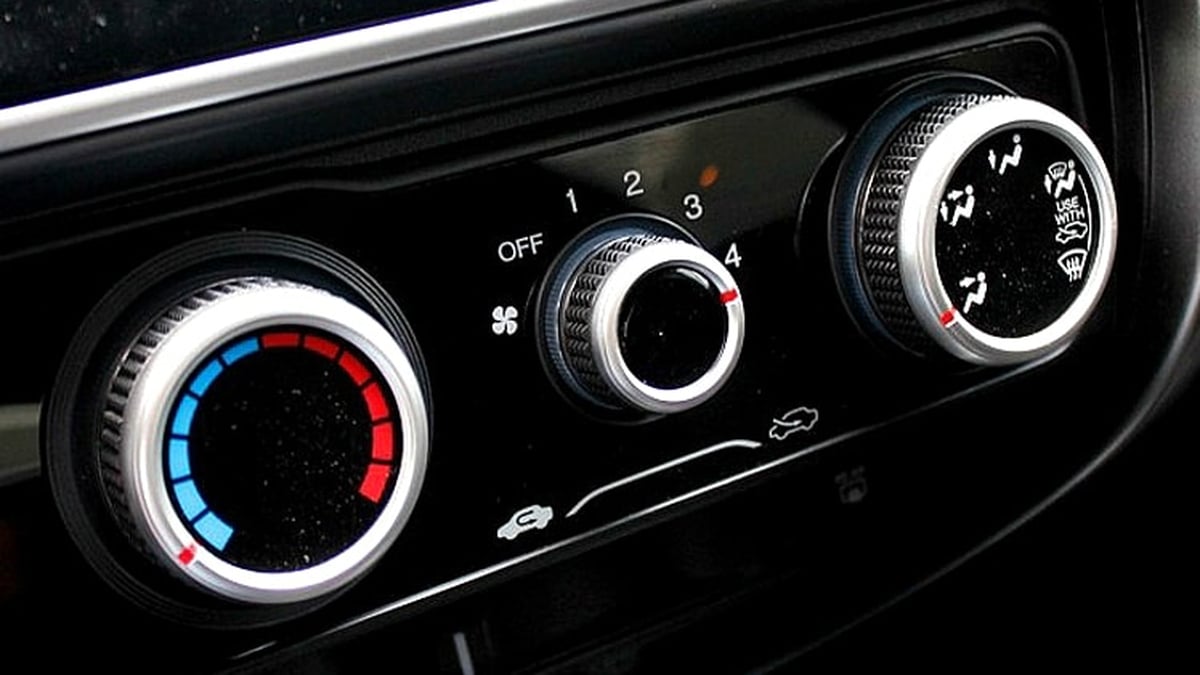
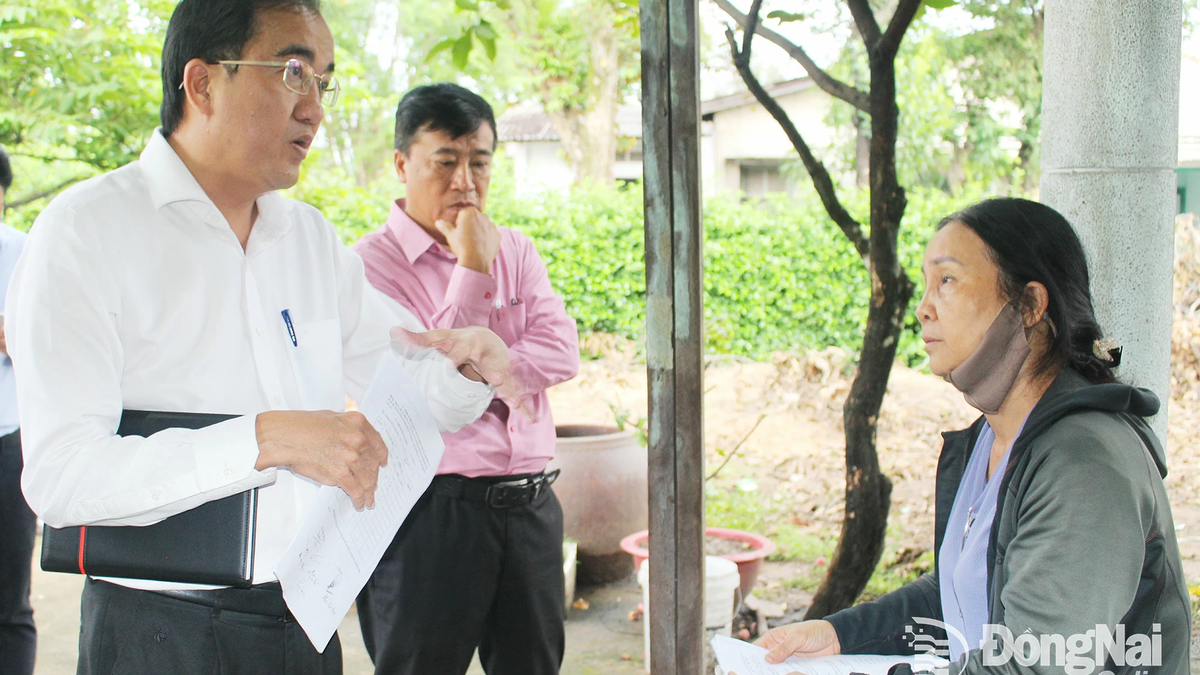
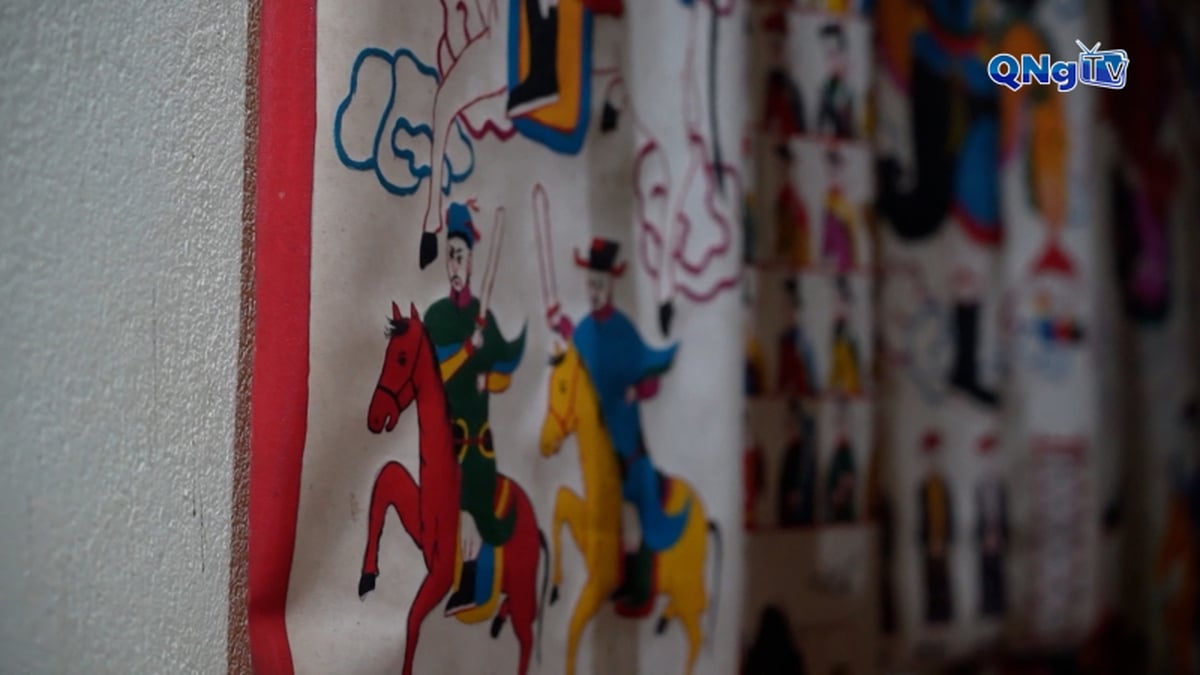
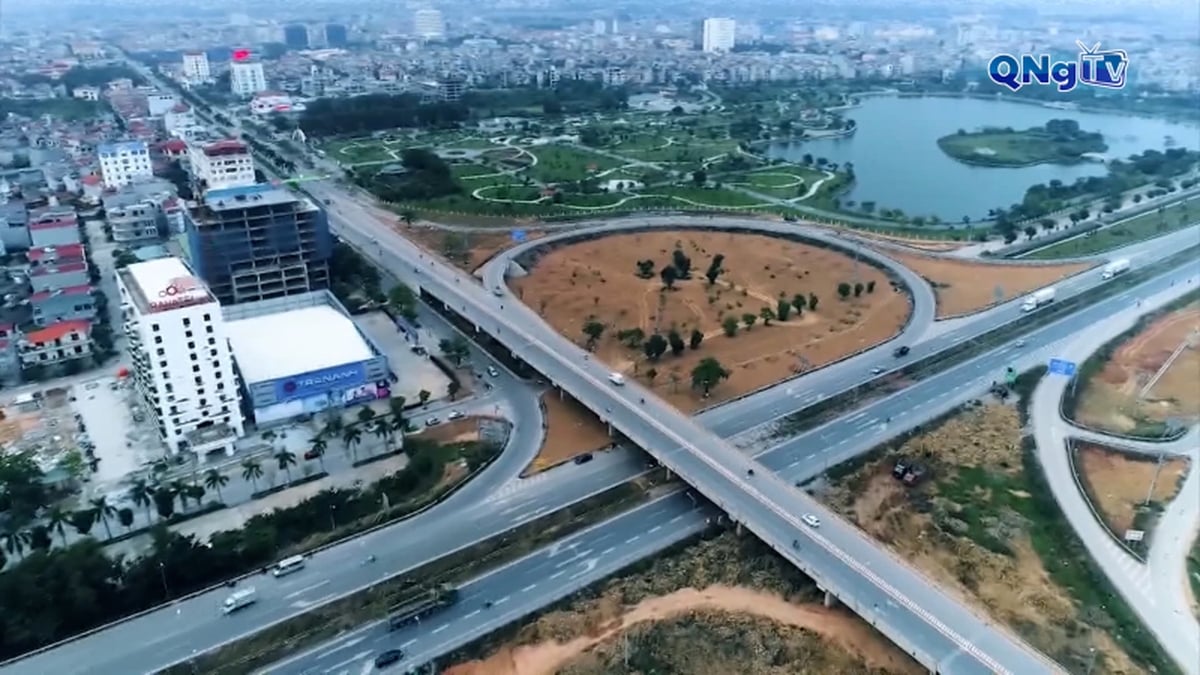
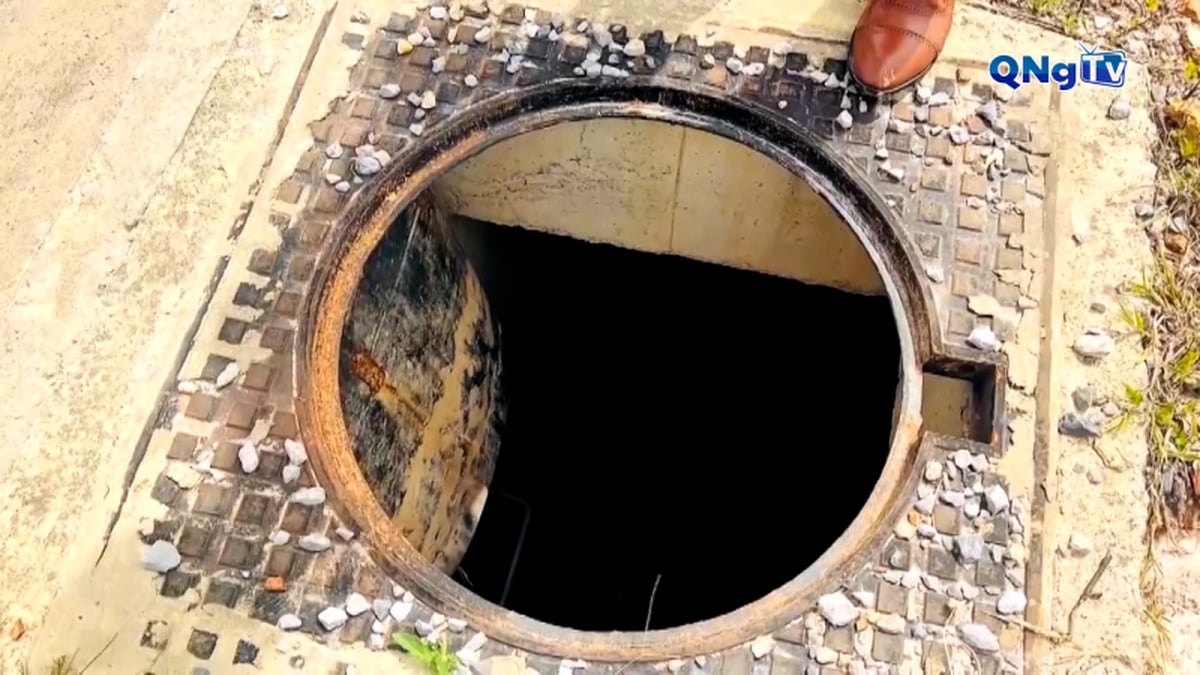


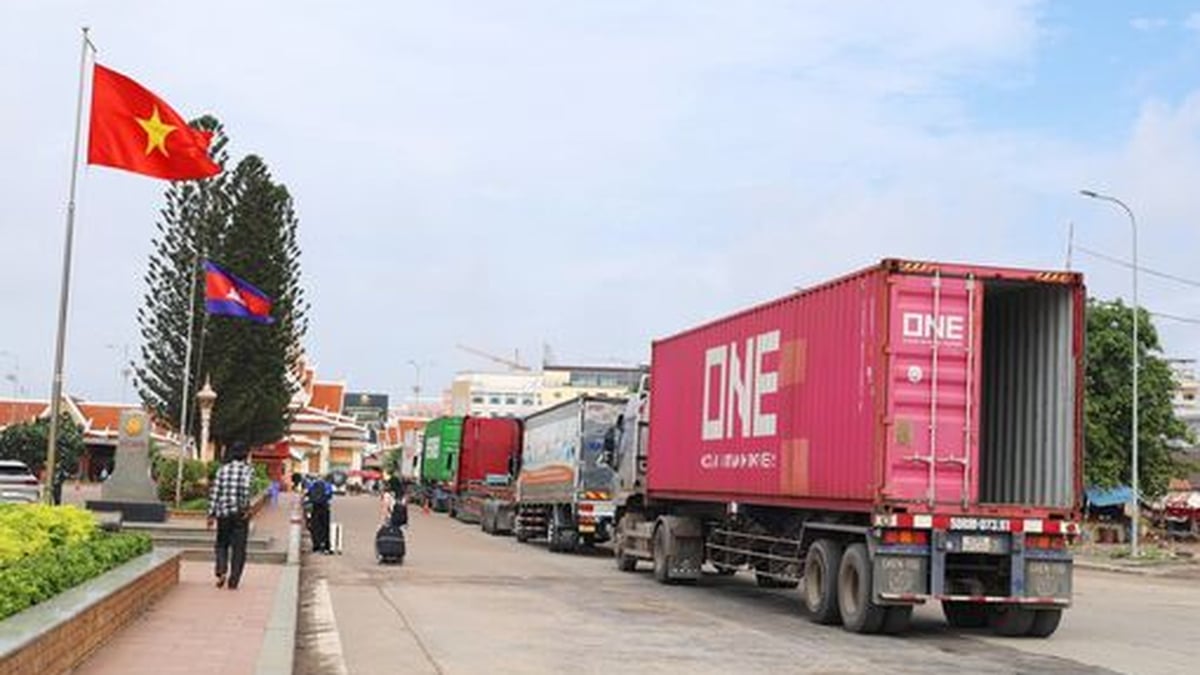
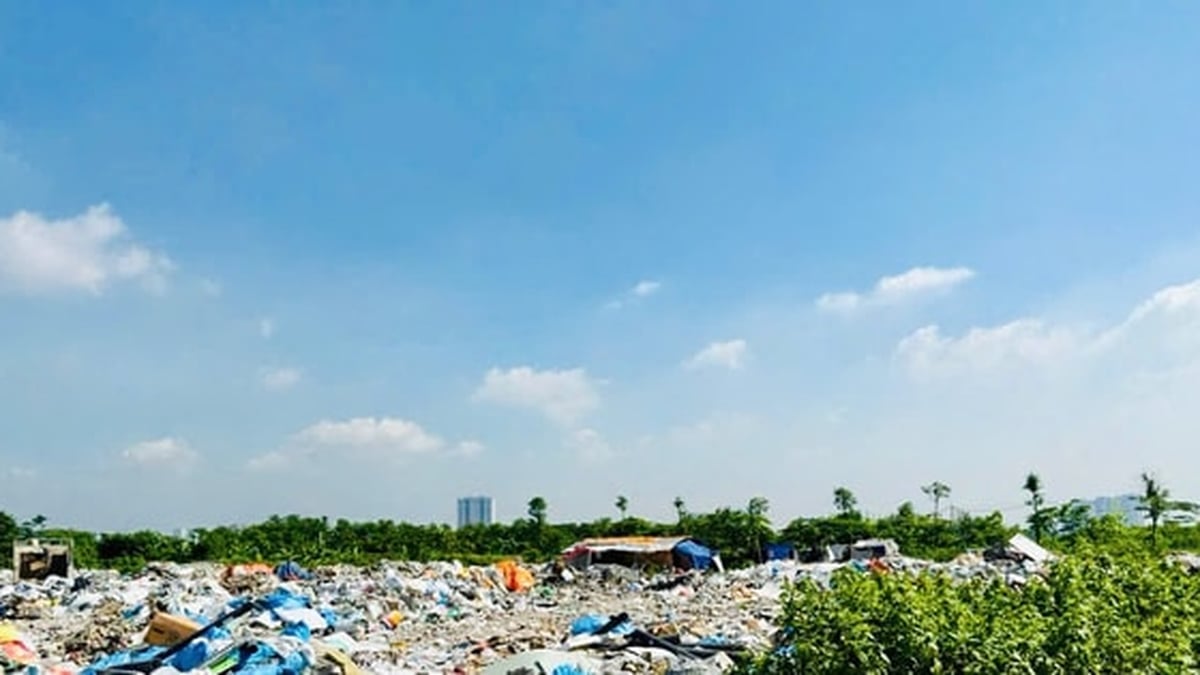








































![[Maritime News] More than 80% of global container shipping capacity is in the hands of MSC and major shipping alliances](https://vphoto.vietnam.vn/thumb/402x226/vietnam/resource/IMAGE/2025/7/16/6b4d586c984b4cbf8c5680352b9eaeb0)













































Comment (0)